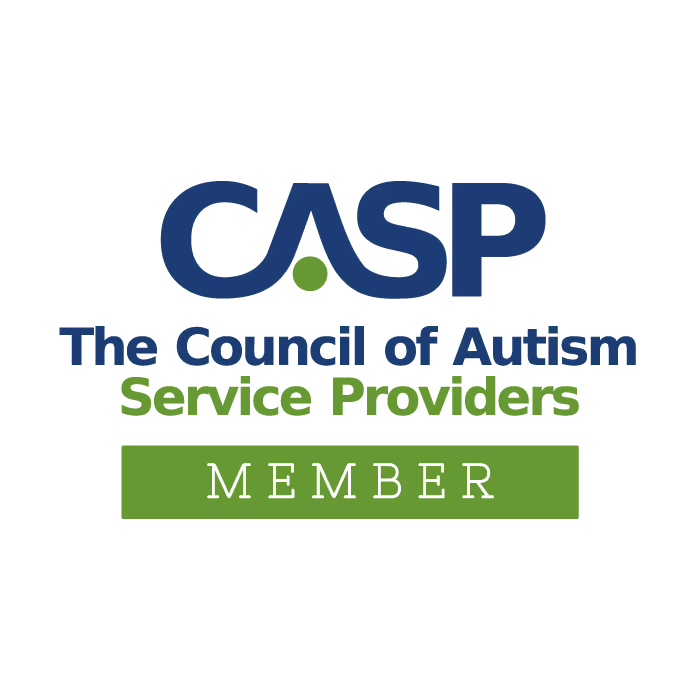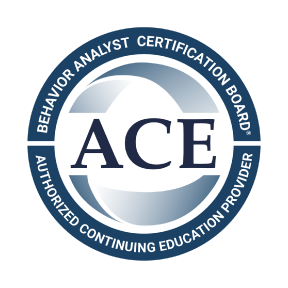Sensory strategies are one of the most common and least invasive suggestions made to assist children with Attention Deficit Hyperactivity Disorder (ADHD) function more successfully in their day to day lives. Because of the increased awareness surrounding ADHD, it has become a popular topic for many professionals. While this means that there is an ever-growing supply of research and increasing amount of resources for parents, teachers and medical professionals to reference; it also has the potential to be both overwhelming and confusing. Many of the professionals researching ADHD publish articles, books, and research papers with strategies they have found to be beneficial to children with ADHD. This has potential to be very informative and helpful but there is no unified terminology being used, and thus, the same suggestions are being made using different terms, creating a difficult system to navigate. Sensory strategies are included in some form in almost all approaches suggested for children with ADHD. Sensory strategies are also often referred to as “movement strategies,” or other similar titles, but provide the same suggestions and at their core are truly sensory strategies.
Sensory Strategies for kids with ADHD:
- Allowing the child to take a 2-3 minute break every 10-15 minutes. This break should involve intense movement when possible, such as jumping jacks, pushups, jumping on a trampoline, etc. When intense movement is not appropriate, breaks may involve the student walking to the drinking fountain, getting up to sharpen his/her pencil and/or walking to the bathroom.
- If an assigned task involves intense academic work, such as testing, lengthy projects or problem-solving assignments the child should be given the opportunity to take a longer break (approximately 10 minutes) to allow time for more intense physical exercise.
- Provide a toy or item for the child to manipulate during solitary work. These items are often referred to as “fidgets,” and provide the child with an outlet to release their restlessness. Rather than continuously moving his/her body, the child can move his/her hands quietly in their lap or on their desk while manipulating the fidget.
- Another way to incorporate physical work into settings where children are expected to be able to sit and attend to a task is to adapt the child’s seat. There are a variety of seating options available that involve the child working to maintain balance and an upright posture. Exercise balls are often provided in the classroom as an alternative to a standard chair, this allows the child to slightly move and requires him/her to use their core muscles to maintain seated. A T-stool is a flat, bench-like seat that is mounted on a single upright post. This provides similar sensory input to the child, without the possible temptations surrounding a ball. Rocking chairs have also been used both at a child’s desk and during circle time, and prevent much of the “disruptive” behaviors that teachers often observe during these quiet sitting periods of the day.
- Gum is often not allowed in the school setting, but it can be an invaluable tool to a child with ADHD. Oral-motor input is something many children crave, hence why so many kids stick their pencils in their mouths or chew on their clothing. Providing gum to a child with ADHD provides them an outlet for their restlessness. The constant chewing/movement of the jaw and flavor options can act as an alerting stimuli as well as a grounding force, helping the child have the ability to better focus on the task at hand.
These sensory strategies can be implemented in the classroom, at home and in most other settings where a child is expected to be able to sit and attend to a task (church, Sunday school, music lessons, camp, etc.). Incorporating these strategies into particularly difficult parts of the day can also have an immense positive impact on the child; for example, incorporating physical exercise into transitional periods may lessen the stress that these times put on both the child and the adult. These sensory strategies are not strict rules to abide by, but are general guidelines to be expanded upon or adapted to fit each child’s individual needs.

.avif)













